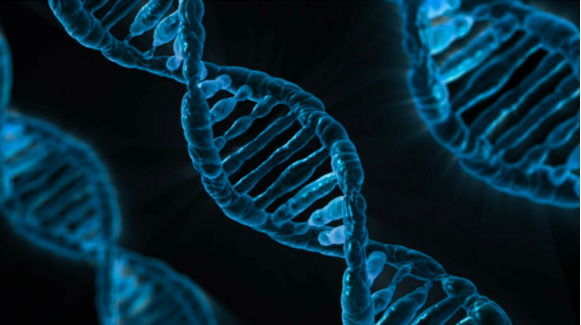UK Biobank: Largest human genetic study is launched

Three Australian scientists have contributed to the world’s largest genetic study on humans, providing a first-of-its kind resource for health researchers across the globe to further medical research and drug development and potentially provide more efficient and personalised treatments of diseases.
The UK Biobank project has collected dense genetic data from across the whole genome for approximately 500 000 people, aged between 40 and 69 at the time of recruitment, from across the United Kingdom.
It is a unique resource, combining genetic information with detailed health records in an open-source, shared model for all researchers to understand how our genetic code influences disease.
The health-related information available on participants includes biological measurements, lifestyle indicators, biomarkers in blood and urine and imaging of the body and brain.
All participants provided consent to link to their electronic health records, which gives access to disease diagnoses, hospital admission and death records as the project progresses.
Associate Professor Stephen Leslie, from the University of Melbourne and Murdoch Children’s Research Centre (MCRI), led the Australian research team.
“The UK Biobank will transform human genetics research, giving scientists around the world access to a rich sample of unprecedented size and scope on which to explore innumerable hypotheses relating genetics to biology and disease,” Associate Professor Leslie said.
He led a team comprising Dr Damjan Vukcevic, also from the University of Melbourne and MCRI, and Dr Allan Motyer from the University of Melbourne to generate genetic data related to the immune system, as well as quality testing these data.
Associate Professor Leslie said his team worked on typing the human leukocyte antigen, or HLA, system which is a gene complex encoding crucial proteins in humans.
“These cell-surface proteins are a key component of the regulation of the immune system in humans and are therefore central to how the body responds to bacterial and viral infection,” Associate Professor Leslie said.
“They are also associated with many autoimmune diseases like multiple sclerosis and celiac disease. The HLA genes are best known as the genes that are matched when doing tissue typing for transplantation.
“It is well-known that the HLA region provides protection or susceptibility to many diseases, so we set about typing or characterising these genes for the 500 000 participants in the Biobank project.”
The HLA genes are the most diverse part of our genome, with vastly more genetic variation than elsewhere in the genome.
Associate Professor Leslie said because the region is so diverse and complex, it is difficult and expensive to measure them directly, and so they are unavailable in many other genetic studies.
“We developed a method to simplify typing the HLA genes using inexpensive and easily obtained genetic markers such as those typed in the Biobank study,” he said.
“This means that, for the first time, these important genetic variants are available for the large sample sizes that are necessary to better understand the genetics of human disease.”
The UK statistical teams were led by Professor Jonathan Marchini and Professor Peter Donnelly at Oxford University’s Wellcome Centre for Human Genetics, and the laboratory expertise of Samantha Welsh and her team at the UK Biobank coordinating centre, and at Affymetrix which undertook the genotyping.
The work was funded by Wellcome and the European Research Council. The UK Biobank resource is primarily funded by Medical Research Council (MRC) and Wellcome. The MRC, DH and British Heart Foundation provided further funding for genotyping.
Journal title: The UK Biobank resource with deep phenotyping and genomic data: Bycroft et al, Nature.